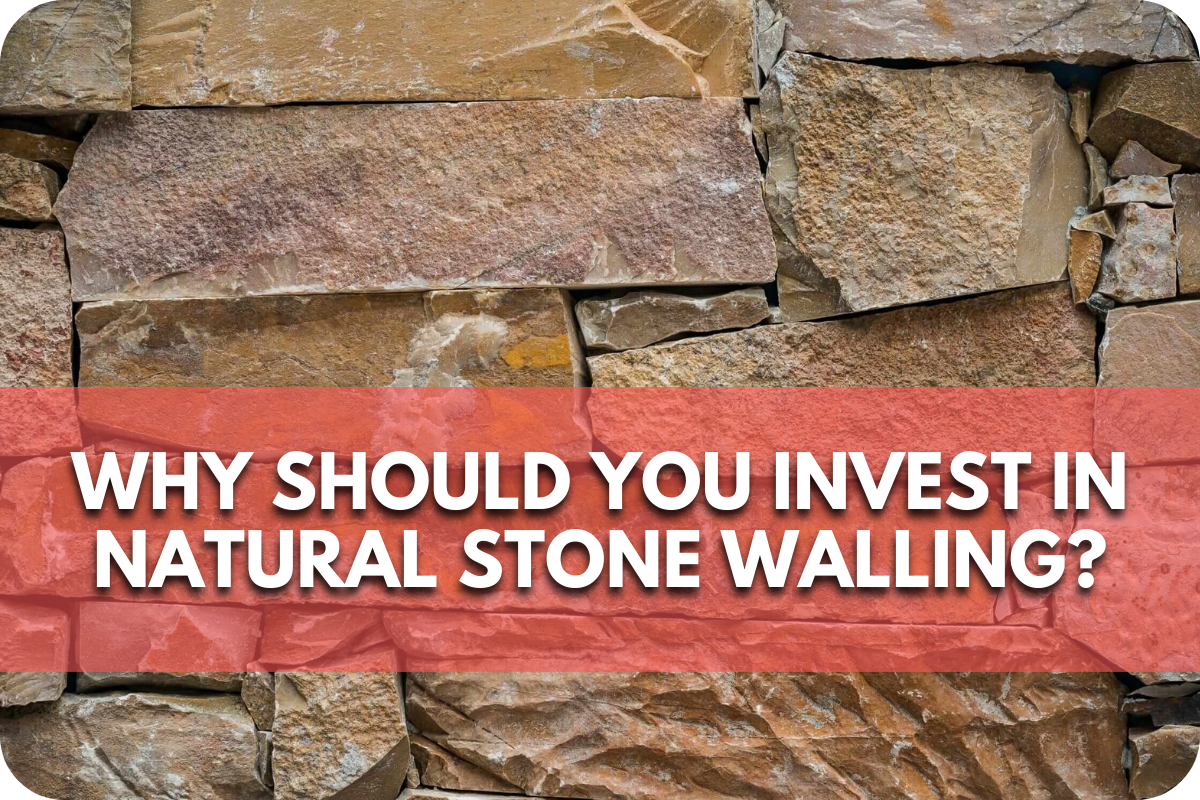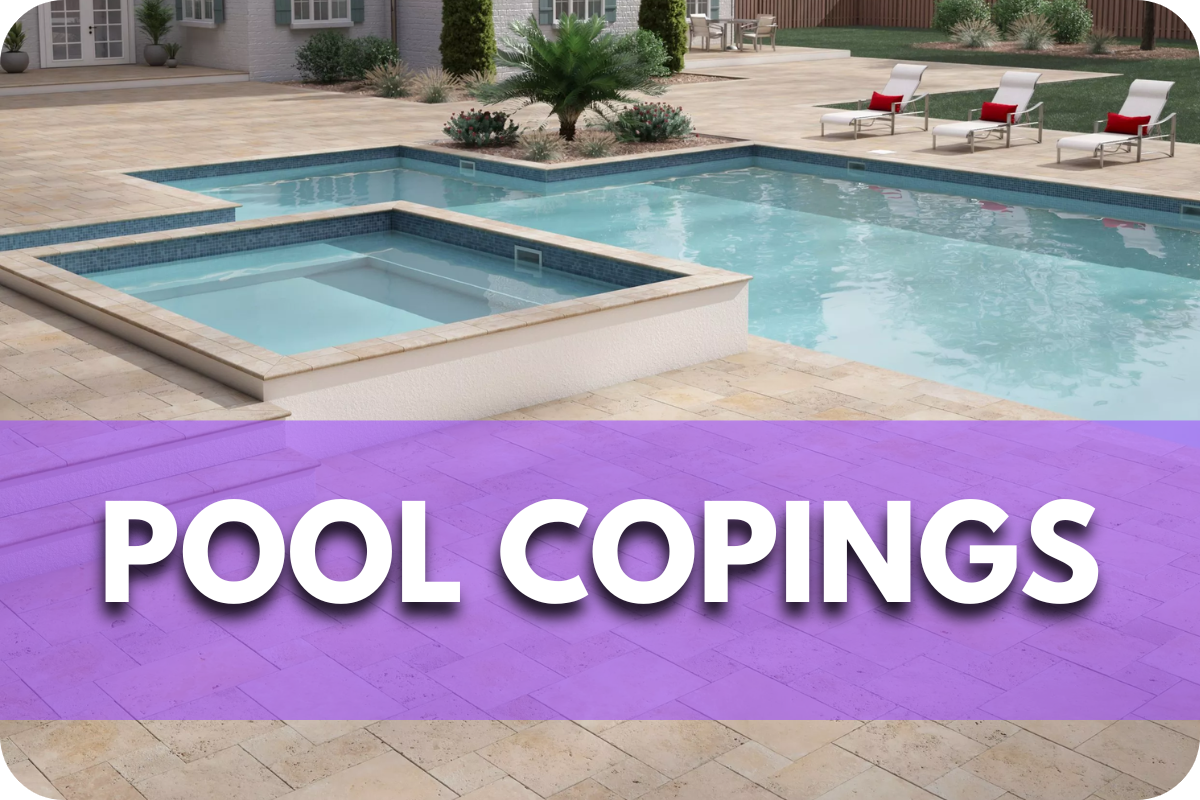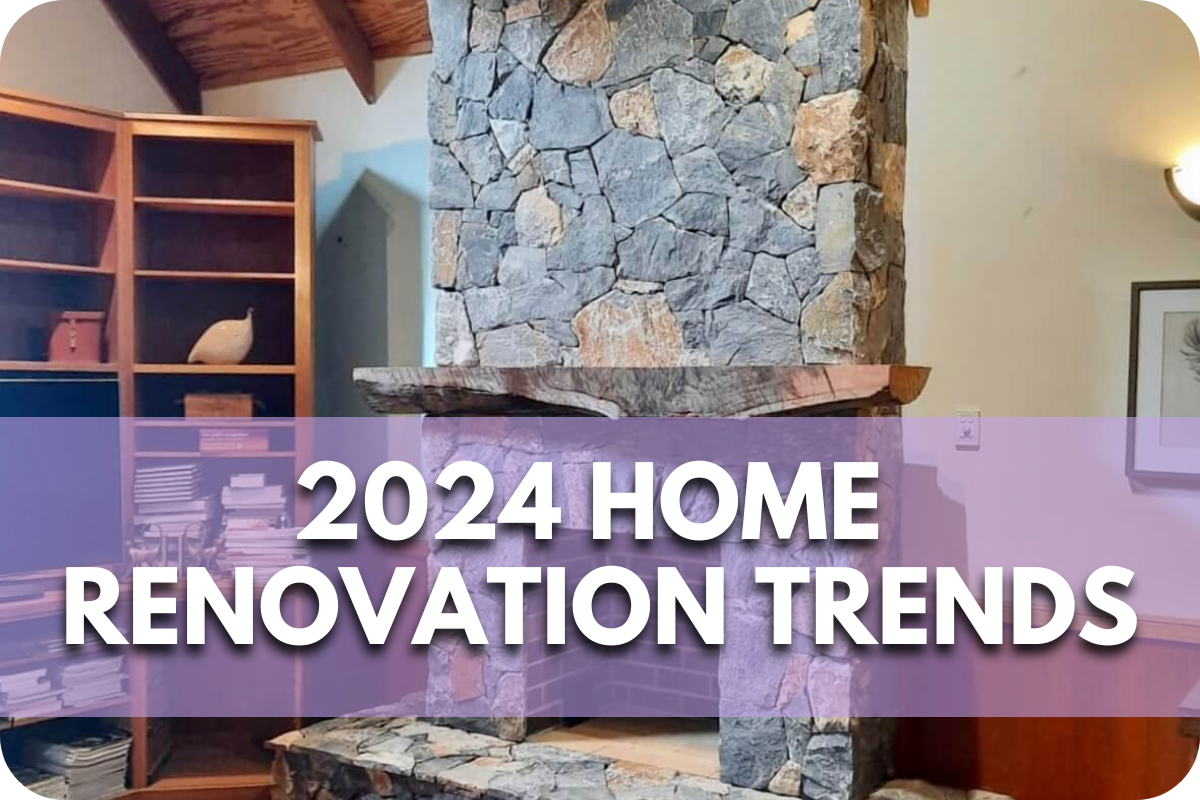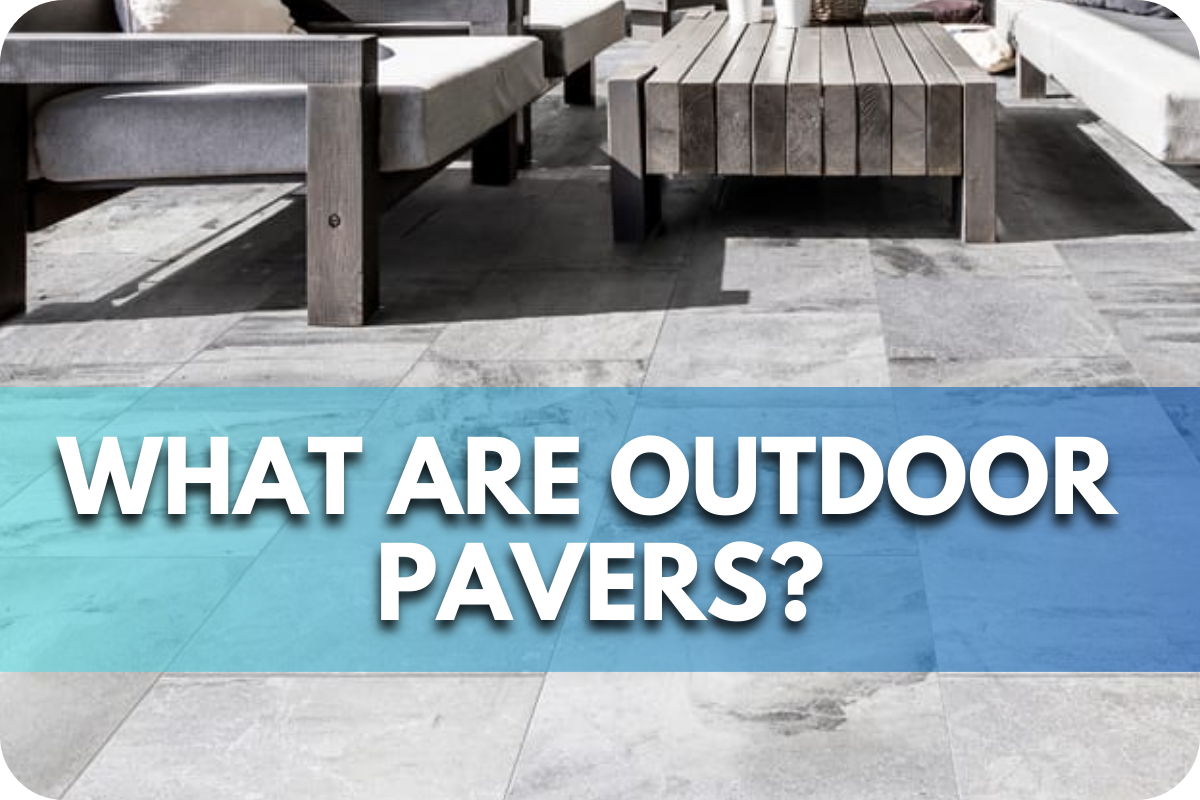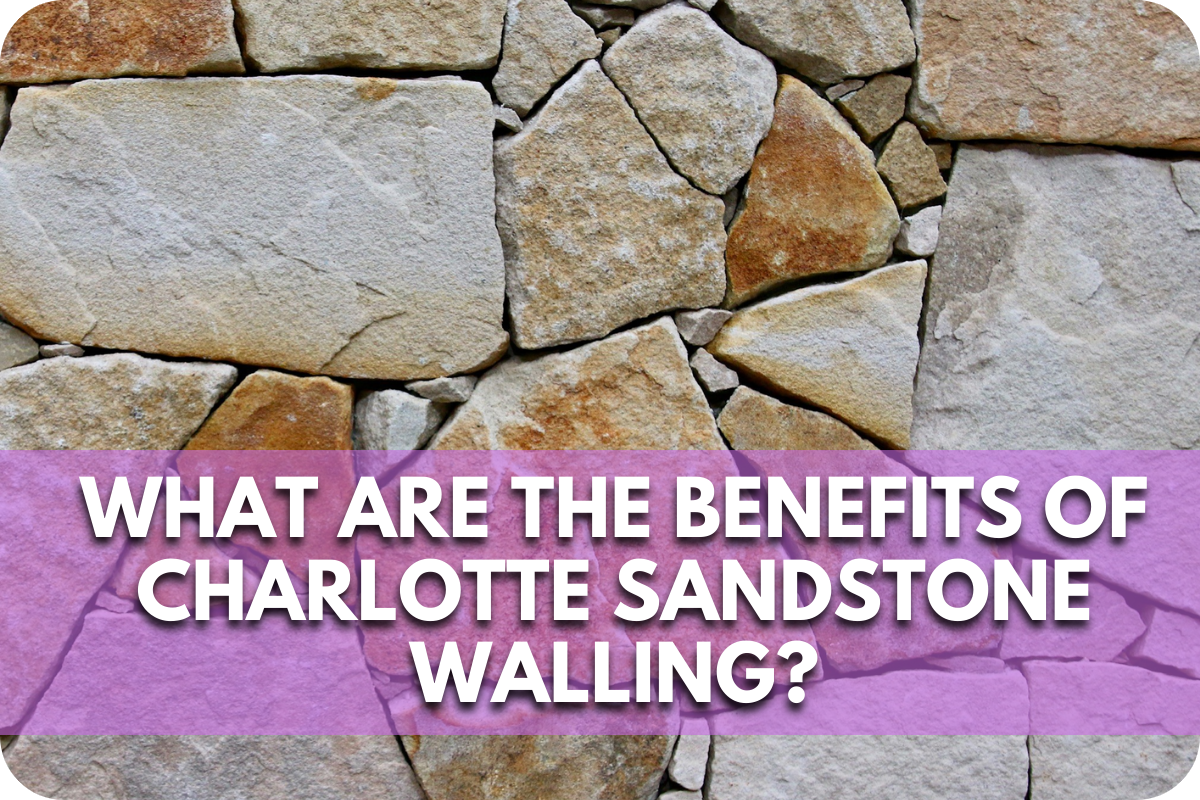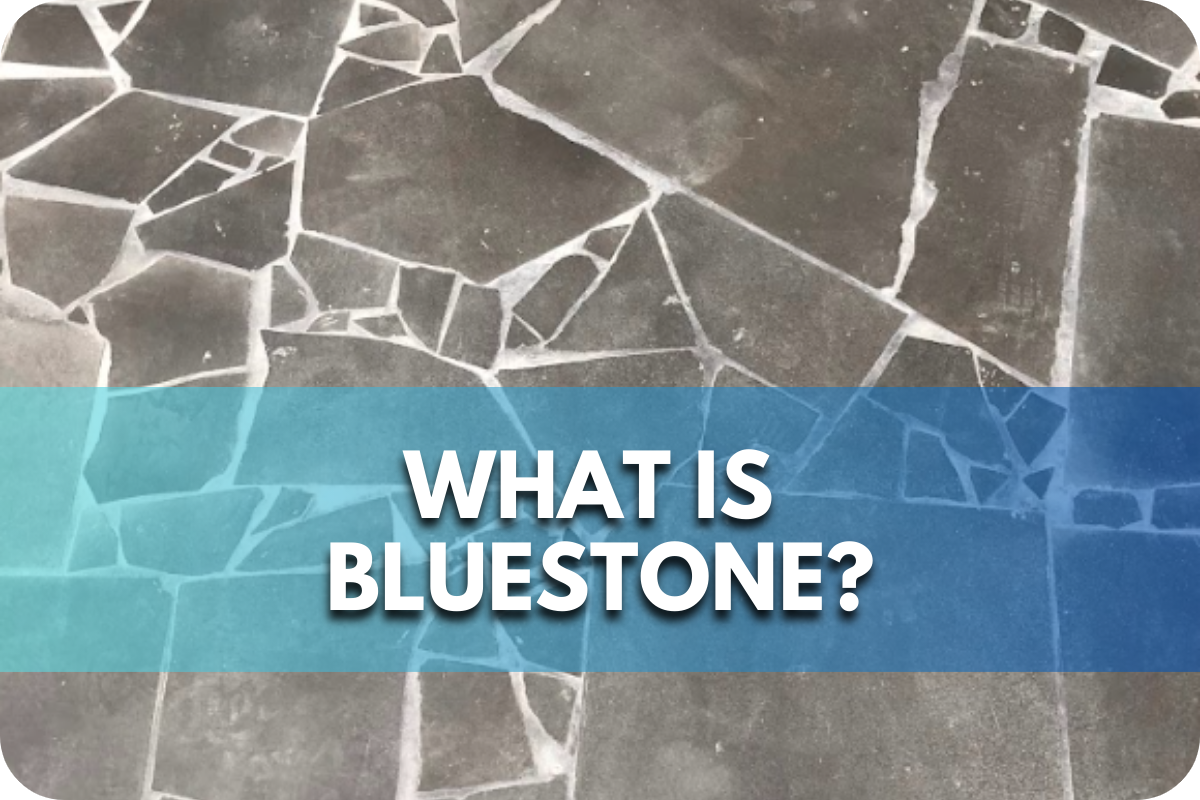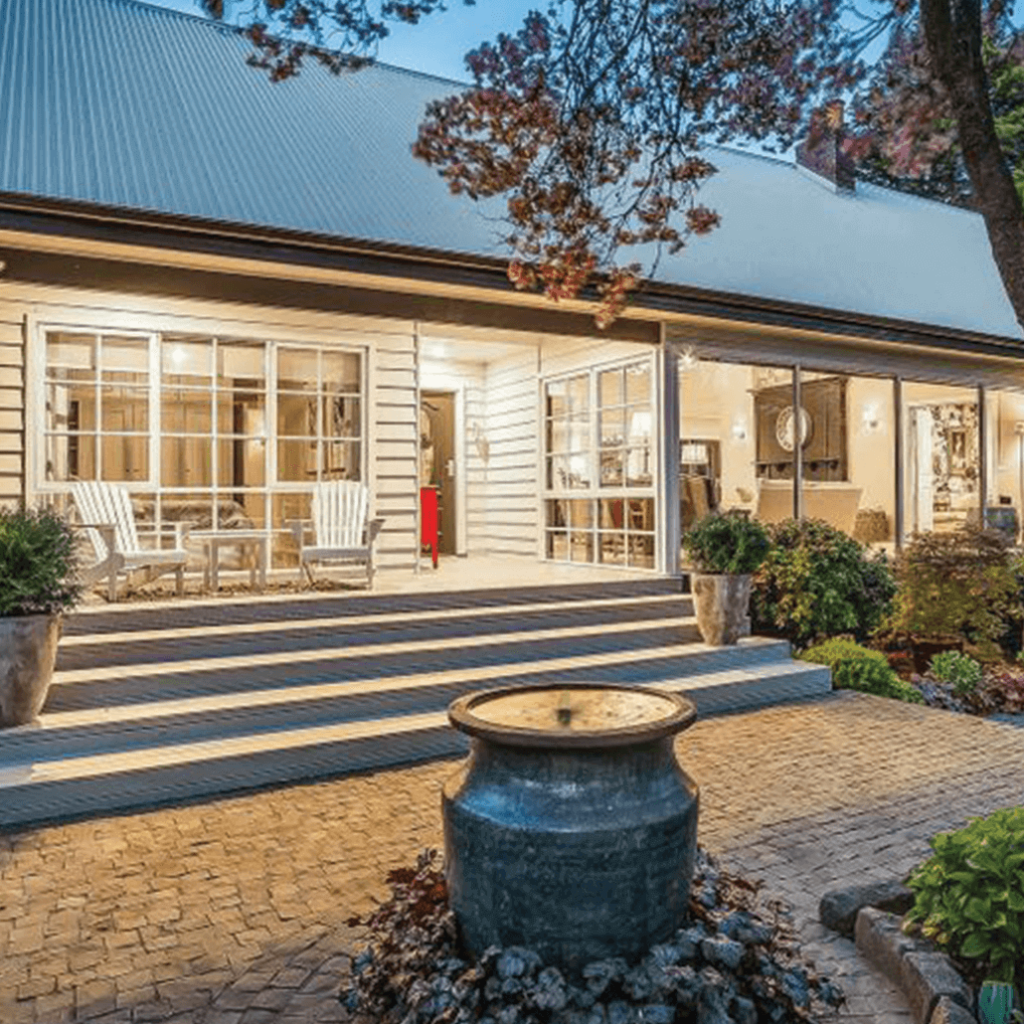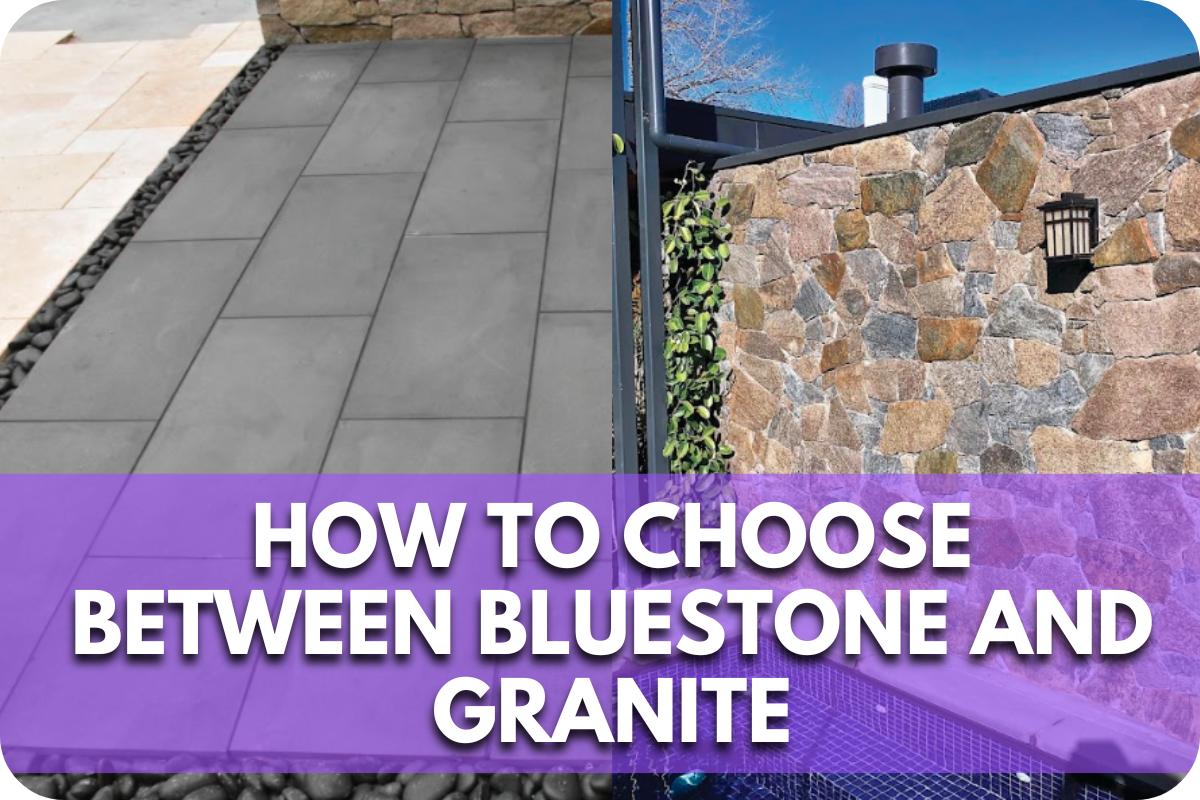Why Should You Invest in Natural Stone Walling?
Struggling to find a walling material that combines durability, aesthetics, and value?
Many materials fail to offer the timeless beauty and long-lasting strength you need, leading to frequent repairs and a lacklustre appearance.
Investing in natural stone walling provides an enduring solution. It offers unmatched durability, elegant aesthetics, and increased property value. Discover why natural stone is the superior choice for your walling needs.
1. Timeless Aesthetic Appeal
Natural stone walling offers a timeless aesthetic appeal that enhances the beauty of any space.
Here’s why:
Each piece of natural stone is unique, featuring distinct patterns, colours, and textures that cannot be replicated by synthetic materials. This uniqueness ensures that your walls have a one-of-a-kind appearance, adding character and charm to your property.
Natural stone comes in various types, including granite, limestone, travertine, and slate, each offering different looks and finishes. This versatility allows you to choose a stone that perfectly matches your design vision, whether it’s a rustic, traditional, or modern aesthetic.
Unlike other materials that may fade or deteriorate over time, natural stone retains its beauty for decades. Its enduring elegance ensures that your walls will continue to impress year after year, providing a lasting impact.
Natural stone seamlessly integrates with outdoor landscapes, creating a harmonious blend between built and natural environments. Its earthy tones and organic textures enhance gardens, patios, and other outdoor areas, making it an ideal choice for exterior walling.
The aesthetic appeal of natural stone walling adds significant value to your property. Potential buyers are often willing to pay a premium for homes that feature high-quality, visually appealing materials like natural stone.
2. Durability and Longevity
Natural stone walling is renowned for its durability and longevity, making it a superior choice for any construction project.
Here’s why:
Natural stone, such as granite, limestone, and sandstone, is inherently strong and resilient. It can withstand extreme weather conditions, including heavy rain, snow, and intense heat, without deteriorating or losing its structural integrity.
Natural stone maintains its appearance and functionality for decades, unlike other materials that may chip, crack, or fade over time. Its resistance to scratches, abrasions, and impacts makes it ideal for high-traffic areas and outdoor applications.
The inherent durability of natural stone reduces the need for frequent repairs and maintenance. Regular cleaning and occasional sealing are typically sufficient to keep stone walls pristine, saving you time and money in the long run.
While the initial cost of natural stone walling may be higher than other materials, its longevity and minimal maintenance costs make it a cost-effective investment. The stone’s enduring quality ensures that it will remain a valuable and attractive feature of your property for many years.
Natural stone’s durability contributes to its sustainability. Its long lifespan means fewer resources are needed for replacements or repairs, reducing the environmental impact over time.
Natural stone’s longevity is not just about physical durability; it also retains its aesthetic appeal. Unlike materials that may go out of style, natural stone’s classic beauty remains desirable, ensuring your walls stay visually appealing for generations.
3. Environmental Sustainability
Natural stone walling is an environmentally sustainable choice, offering several benefits that contribute to a greener future:
- Natural Material: Natural stone is sourced directly from the earth with minimal processing. Unlike synthetic materials, it does not require extensive manufacturing, reducing energy consumption and carbon emissions.
- Longevity: Natural stone’s durability means it has a long lifespan, often for decades or centuries. This longevity reduces the need for frequent replacements, decreasing the demand for new resources and minimising waste.
- Recyclability: At the end of its life cycle, natural stone can be recycled and repurposed for other construction projects. This recyclability helps to reduce landfill waste and promotes the efficient use of resources.
- Low Maintenance: Natural stone requires minimal maintenance, which means fewer chemicals and cleaning products are needed over time. This reduces the environmental impact associated with the upkeep of building materials.
- Energy Efficiency: Natural stone has excellent thermal properties, helping to regulate indoor temperatures. It keeps interiors cool in the summer and warm in the winter, potentially lowering energy consumption for heating and cooling.
- Sustainable Quarrying Practices: Many natural stone suppliers adhere to sustainable quarrying practices, ensuring that the extraction process minimises environmental disruption. This includes responsible land management and rehabilitation efforts after quarrying is complete.
- Reduced Emissions: Natural stone does not emit harmful volatile organic compounds (VOCs), which can degrade indoor air quality. Using natural stone helps create a healthier living environment with fewer pollutants.
4. Thermal and Acoustic Insulation
Investing in natural stone walling offers significant benefits in thermal and acoustic insulation, enhancing comfort and efficiency in your home or building.
Here’s why:
a. Thermal Insulation:
Natural stone has excellent thermal mass properties, which can absorb, store, and gradually release heat.
This helps regulate indoor temperatures, keeping interiors cooler in the summer and warmer in the winter. The natural insulation reduces the reliance on artificial heating and cooling systems, leading to lower energy consumption and utility bills. The consistent temperature regulation natural stone provides contributes to a more comfortable living environment year-round.
b. Acoustic Insulation:
Natural stone walls provide effective acoustic insulation by absorbing and dampening sound waves. This reduces noise transmission between rooms and from the outside, creating a quieter and more peaceful indoor environment.
The density and mass of natural stone make it particularly effective at blocking low-frequency sounds, which are often the most challenging to control. This makes natural stone an ideal choice for urban settings or areas with high noise pollution.
c. Durability and Longevity:
Natural stone’s insulating properties are long-lasting, ensuring that your investment continues to provide thermal and acoustic benefits for many years.
Unlike synthetic insulation materials that may degrade over time, natural stone maintains its insulating capabilities throughout its lifespan.
d. Energy Efficiency:
Natural stone’s thermal efficiency enhances comfort and contributes to energy savings. By reducing the need for heating and cooling, natural stone helps lower one’s carbon footprint, making it an environmentally friendly choice.
5. Versatility and Customization
Natural stone walling offers exceptional versatility and customisation options, making it an ideal choice for various projects.
Here’s why:
Natural stone can be used for both interior and exterior walling, including facades, feature walls, fireplaces, and retaining walls. Its versatility makes it suitable for residential, commercial, and landscape projects.
Stone can be cut and shaped to meet specific design requirements. Whether you need large slabs for a grand statement or smaller, intricately cut pieces for detailed work, natural stone can be customised to fit any space and design.
Natural stone offers a range of finishes, from polished and honed to tumbled and split-faced. These options provide different aesthetic effects and tactile experiences, allowing you to create a look that is uniquely yours.
These stones also pair well with other materials such as wood, metal, and glass. This compatibility enables creative and harmonious design combinations, enhancing the overall aesthetic appeal of your project.
Finally, natural stone allows you to create bespoke designs that reflect your personal style or brand identity. Custom engraving, inlays, and patterns can be incorporated to make your walling truly unique.
6. Low Maintenance
Natural stone walling is prized for its low maintenance requirements, making it a practical and cost-effective choice for any project. Here’s why:
- Durability: Natural stone is inherently durable and resistant to the wear and tear that affects many other building materials. It stands up well to weather, environmental factors, and everyday use without losing its integrity or appearance.
- Minimal Cleaning: Maintaining the pristine look of natural stone is straightforward. Regular dusting or washing with mild soap and water is usually sufficient. Unlike other materials that may require special cleaning products or treatments, natural stone’s robust nature means it doesn’t need frequent or intensive cleaning.
- Stain Resistance: Many natural stones resist stains, especially when properly sealed. This makes them ideal for areas prone to spills or dirt, as any marks can be easily wiped away without leaving lasting damage.
- Long-lasting Seals: Applying a sealant to natural stone enhances its already formidable resistance to moisture and stains. This sealant doesn’t need to be reapplied often—typically only every few years—making maintenance even simpler.
- Weather Resistance: Natural stone can withstand extreme temperatures, UV exposure, and moisture without degrading. This resilience reduces the need for repairs and replacements, saving time and money over the long term.
- Natural Ageing: Natural stone develops a unique patina that enhances its aesthetic appeal over time. This natural ageing process doesn’t require any intervention, allowing the stone to age gracefully without constant upkeep.
- Easy Repairs: In the rare event that natural stone does become damaged, repairs are generally straightforward. Individual stones can be replaced or repaired without disturbing the surrounding material, ensuring hassle-free maintenance.
7. Increased Property Value
Investing in natural stone walling can significantly increase your property’s value, offering both aesthetic and financial benefits:
- Enhanced Curb Appeal: Natural stone walling adds a timeless and elegant look to any property. It’s natural beauty and unique textures create an immediate visual impact, making your home or building stand out in the neighbourhood.
- High-End Aesthetic: Natural stone’s luxurious appearance is often associated with quality and prestige. Potential buyers or investors will likely be impressed by the sophisticated and durable look of stone walling, which can translate into higher offers and quicker sales.
- Durability: Natural stone’s long-lasting nature means maintaining its appearance and structural integrity over time. This durability ensures that the property remains appealing and requires less frequent maintenance or replacement, an attractive feature for buyers.
- Energy Efficiency: Natural stone’s thermal properties can enhance energy efficiency, potentially lowering utility costs. This eco-friendly aspect is increasingly important to buyers looking for sustainable and cost-effective homes.
- Low Maintenance: As discussed earlier, natural stone requires minimal upkeep. This low maintenance is a selling point for buyers who want a beautiful, long-lasting exterior without the hassle of constant care.
- Functional Versatility: Natural stone can be used in various applications, from exterior facades to interior feature walls and landscaping. This versatility allows for creative and customised designs to make the property more attractive and functional.
- Historical and Modern Appeal: Natural stone suits both traditional and contemporary designs, ensuring it appeals to many buyers. Whether your property has a classic charm or a modern edge, natural stone enhances its value and appeal.
- Resale Value: Properties with high-quality, durable, and aesthetically pleasing materials like natural stone often have higher resale values. The initial investment in natural stone walling can yield significant returns when it’s time to sell.
Conclusion
Investing in natural stone walling offers timeless beauty, unmatched durability, and increased property value. Elevate your space with natural stone’s sophistication and resilience.
Ready to transform your property? Contact us today to explore our premium selection and start your project with the best in natural stone walling.

